
Astronomers have found that Saturn’s moon, Enceladus, is spewing out copious amounts of complex organic molecules, suggesting it’s an even more promising place to look for extraterrestrial life than previously thought.
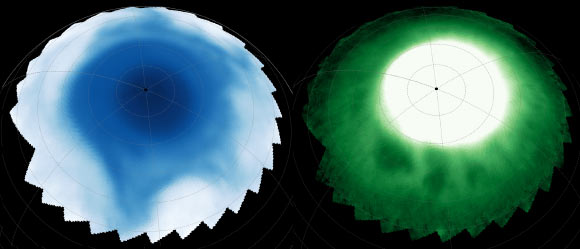
Astronomers using the NASA/ESA James Webb Space Telescope have detected a series of dark, bead-like and asymmetric star-shaped features in the ionosphere and stratosphere of Saturn.
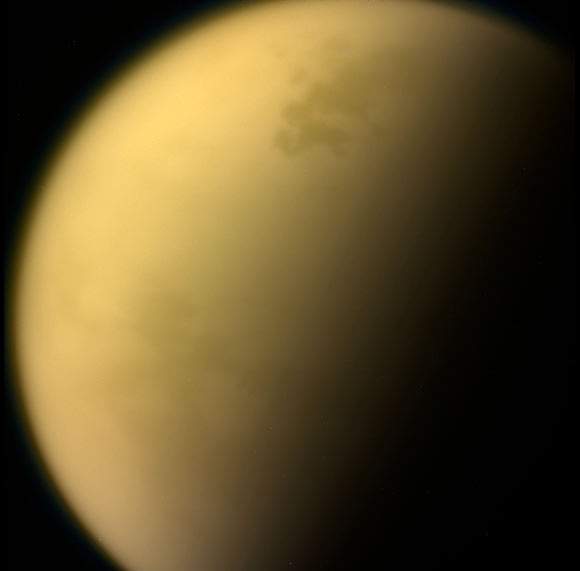
Titan is the only moon in the Solar System with a significant atmosphere, and one that has long captivated planetary scientists.
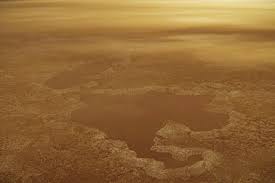
New research finds that despite large rivers and seas of liquid methane, Saturn's moon Titan seems mostly devoid of river deltas.

A team of astronomers from Taiwan, Canada, the United States, and France has observed 128 additional moons orbiting the gas giant Saturn, bringing its total number of confirmed moons to 274.

Saturn’s icy rings could be much older than they appear due to their resistance to pollution from impacts with rocky debris.
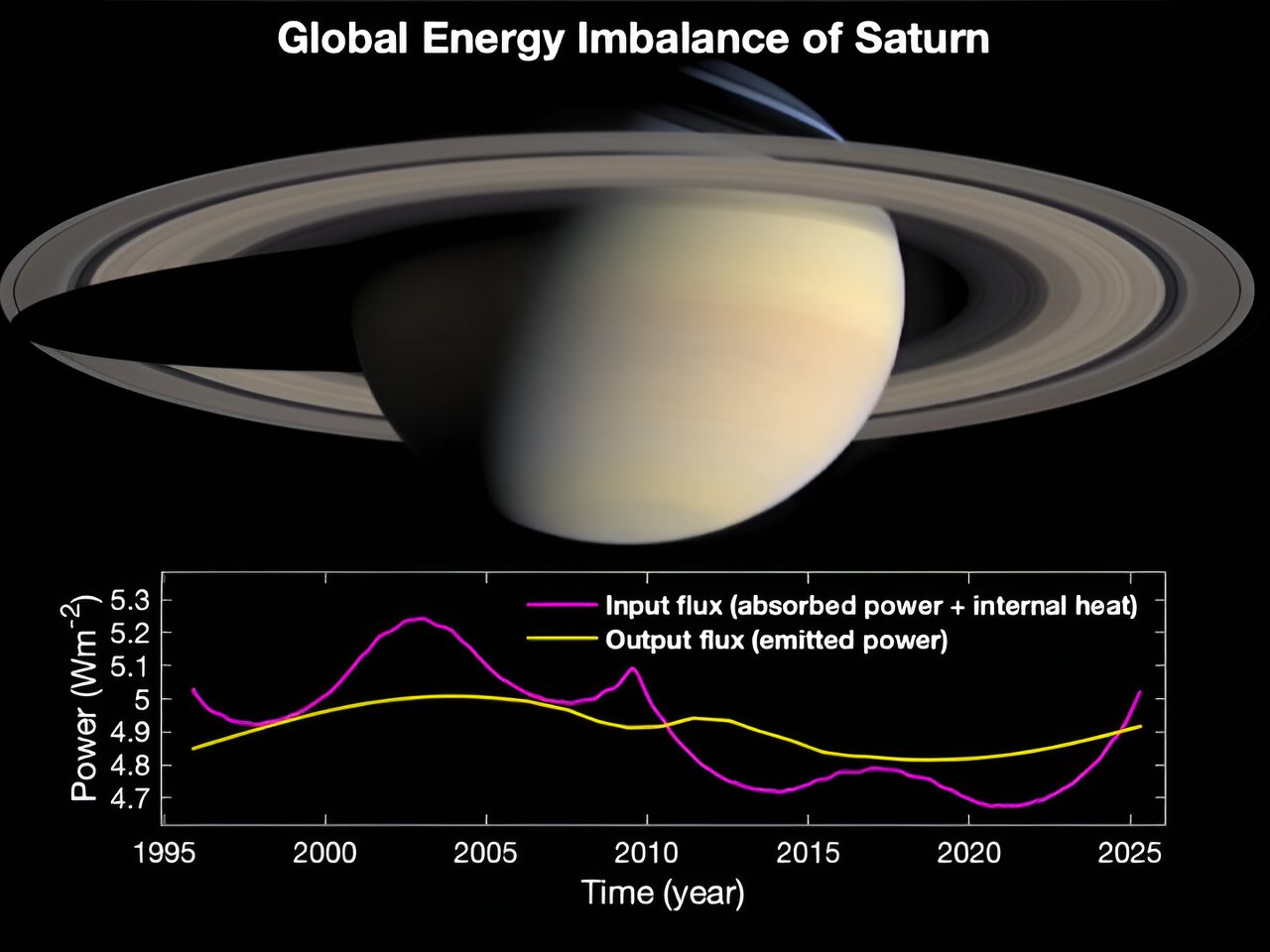
The imbalance is due to Saturn's large orbital eccentricity, resulting in huge seasonal variations in absorbed solar energy.
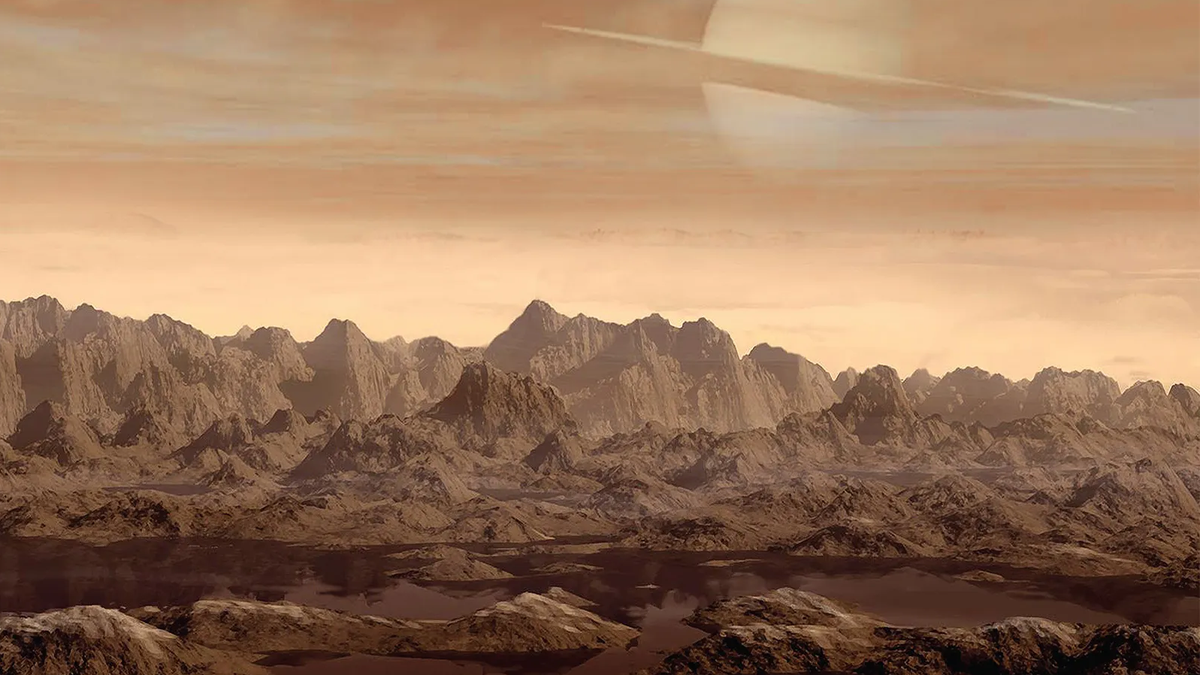
Instead of water, the fluid that runs across Titan is an unholy mixture of methane, ethane, and other hydrocarbons. A new study suggests that waves of the greenhouse gases could be crashing on the moon’s coastlines, shaping its wet landscape.

NASA has given the green light for the nuclear-powered v rotorcraft to explore Saturn's largest moon, Titan. Approval for the 2028 interplanetary mission comes after years of delay due to COVID-19 and a series of cost overruns.

A study shows the subsurface ocean of Titan—the largest moon of Saturn—is most likely a non-habitable environment, meaning any hope of finding life in the icy world is dead in the water.

On new recently released NASA images show the moons of Saturn in all their glory, as if they came straight out of the pages of science fiction.

Saturn's small, crater-covered moon Mimas may have a vast ocean under its thick icy surface, according to a new paper.

A study zooms in on data that NASA’s Cassini gathered at Saturn’s icy moon and finds evidence of a key ingredient for life and a supercharged source of energy to fuel it.

Most of what we know about Enceladus and its ice-covered ocean comes from the Cassini mission. New research based on Cassini data strengthens the idea that Enceladus has the chemicals necessary for life.

Megastorms occur approximately every 20 to 30 years on Saturn and are similar to hurricanes on Earth, although significantly larger. But unlike Earth’s hurricanes, no one knows what causes megastorms in Saturn’s atmosphere.